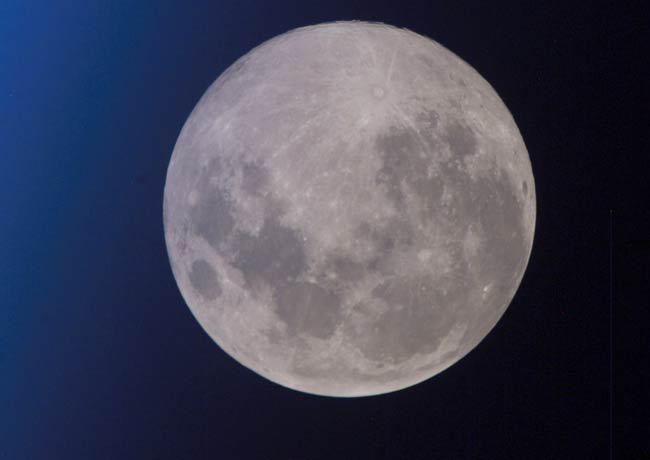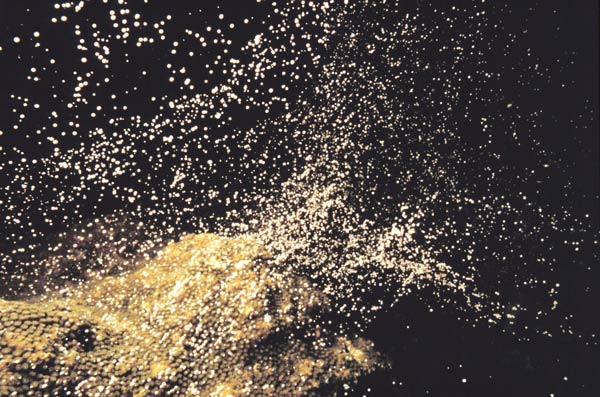Full Moon Sparks Coral Sex Off Australia Coast


The recent full moon is bringing out the lusty side of coral that live up and down the western coastline of Australia. And if all goes as predicted, lucky souls who hit the water at the right time next week will get an eyeful: a massive coral spawning event that will fill the coastal seas with a pink, subsea snowstorm of coral sperm and eggs.
Chris Simpson, head of the marine science program at Australia's Department of Environment and Conservation, said the milky pink waters — a telltale sign the coral are getting frisky — should appear near the Dampier Archipelago, Ningaloo Marine Park and the Abrolhos Islands, approximately seven to 10 nights after the full moon.
"The coral spawning occurs at night, usually on an ebbing tide, beginning about an hour after sunset and continuing for two to three hours," Simpson said.
The annual rite of post-full moon coral sex occurs at reefs around the world; but it's not just the lunar cycle that puts coral in the mood.
Warming waters signal the coral that it's time to start producing sex cells, then a precise combination of daylight and moonlight trigger the sudden, simultaneous release of eggs and sperm.
The eggs float to the surface, where they are sought out by the free-swimming sperm. Once an egg is fertilized, an embryo forms, and, several days later, it swims back to the bottom to anchor itself and grow.
Simpson said that water temperatures along the western Australian coastline have been unusually high this year — mainly due to the current La Niña, a cyclical cooling of the eastern Pacific Ocean that affects the climate in other areas of the globe — and that can cause problems.
Get the world’s most fascinating discoveries delivered straight to your inbox.
The warm waters put pressure on reefs and cause bleaching — massive coral die-offs that occur when coral colonies are so stressed they eject the symbiotic algae that dwell within them. Without the algae, the coral turn bone white and are deprived of a valuable source of food.
In addition, Simpson said La Niña-fueled warm waters are usually more calm than usual, which can cause the coral eggs to form huge slicks on the sea surface, robbing the waters below of oxygen and suffocating fish and other sea creatures.
According to best estimates, the coral spawn should take place sometime between March 27 and 30.
Andrea Mustain is a staff writer for OurAmazingPlanet, a sister site to LiveScience. Reach her at amustain@techmedianetwork.com. Follow her on Twitter @AndreaMustain.



